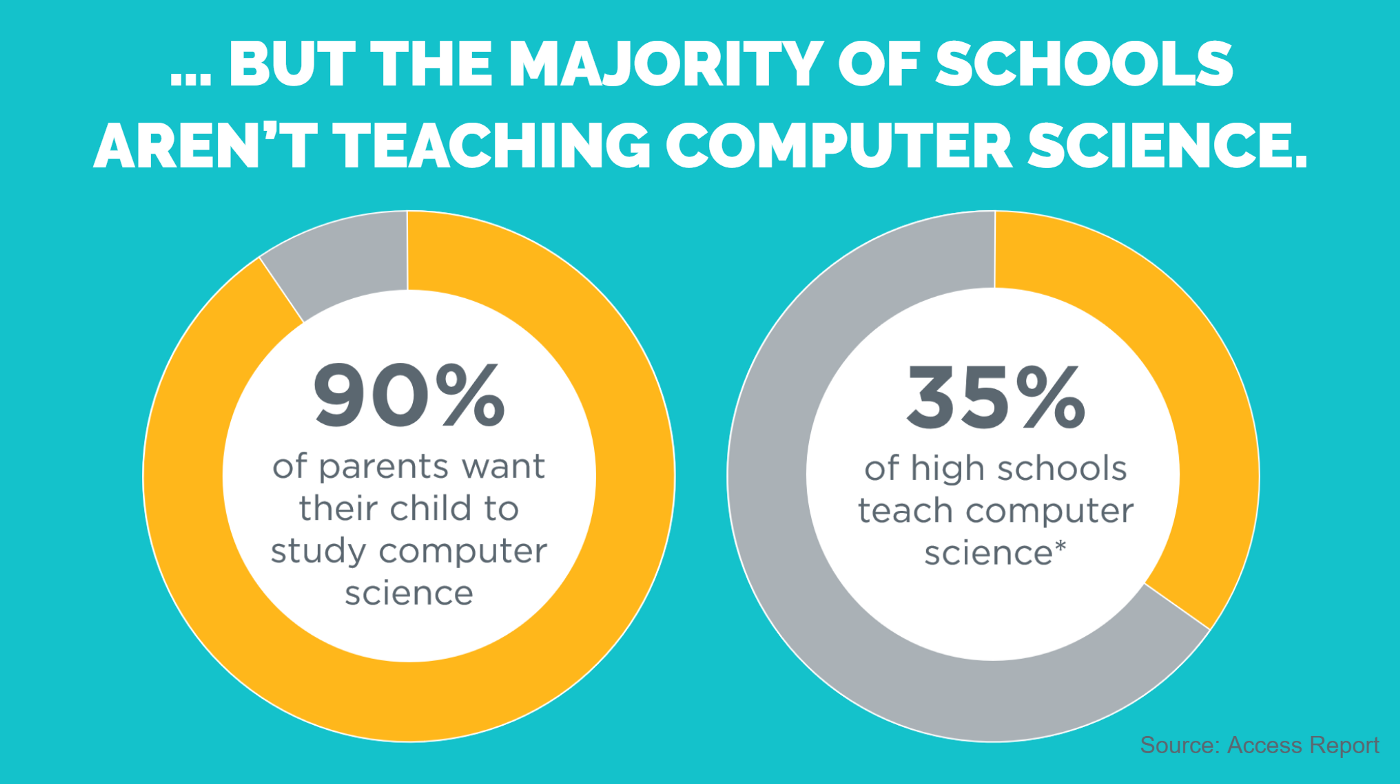Why Coding
Tonight my fiery passion has been ignited. Anyone who knows me well would say, “when are you not all fired up with passion, Ariel?” But tonight, someone’s comment struck a chord deep within me. Before I get into that story, I would like to say I think moments like these are healthy. When someone questions your beliefs, it is an opportunity to fireproof your idea. If you can’t defend your end, maybe the idea or belief should be re-evaluated.
We were holding a monthly edchat for teachers in the district. One of the teachers that came tonight was excited to chat with me about coding. I love talking shop, but I get especially pumped when I get to talk tech! I started sharing many of my favorite resources created by MIT, like Scratch Jr, Scratch, and Makey Makey. We talked about how coding can be integrated into our core standards such as ELA with storytelling or used to bring projects to life. The conversation was opened up to the whole group and we discussed many other resources that helped students with coding such as unplugged activities, code.org, Wonder Workshop, and Google CS First. At the end of the night, I found out that someone had quietly asked, “What’s the point in teaching coding, it’s not in our standards?” Remember how I mentioned it is healthy to be challenged?
Let me fireproof my belief in computer science being a vital part of education.
With all the hype around computer science and coding, I’m still surprised to see that only 35% of high schools teach computer science according to code.org. When I ran the coding club at school (1st through 5th grade), parents expressed that they were so thankful this was being offered to their children. If parents see value in this why do we as educators struggle to see the value?
 Graphics from code.org.
Graphics from code.org.
I believe the reason educators struggle to see value is because we can often get caught up in our own little world. But our ears need to be listening to those voices in the workforce. Parents represent a variety of work fields and they see first hand the impact robotics and coding is having on our world. Whether they are an Amazon delivery driver seeing drones move around packages or an engineer using programming to build prototypes. Computer Science is literally impacting every field of work.
 Graphics from code.org.
Graphics from code.org.
Parents want computer science, our workforce needs computer science, but what do kids think about computer science? I can say with 100% confidence that most kids LOVE any opportunity they get to engineer, manipulate robots, or code. Coding, especially with robots, encourages a level of creativity that is not always present in everyday content learning. They are fascinated that they can control the movements of an object with commands they put in place. They love the trial and error of figuring out how to get the robot to complete a task. Just take a look at the stats…
 Graphics from code.org.
Graphics from code.org.
Simon Sinek talks about the importance of knowing your why. I listed at least three whys for teaching computer science: parents want it, the workforce needs it, and kids love it. However, teaching computer science is a what, so you must first evaluate if CS fits under your why. For example, my why:
To love kids and help them fall in love with learning.
I believe coding is one way to capture their attention and help them fall in love with learning. But the real truth of being an elementary teacher is that I have nearly 100 standards I’m responsible for teaching in Math, Reading, Writing, Science, and Social Studies. (Yes, I counted to be sure this was accurate.) It takes creativity to meld computer science with those standards, but it’s possible. It is my personal opinion that you must start with the why but I look forward to sharing practical ways to integrate computer science in my next blog post.
To be continued…
Education Computer Science Coding Innovation Scratch Programming